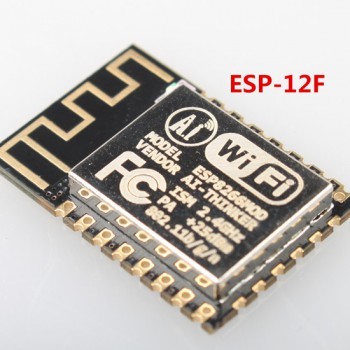You shouldn’t need one… Set your programming port as the BLYNK_PRINT, IDE Monitor and link to pass the data to the widget terminal.
Wait… you are using this?? Where do you plug anything in? You must have a full breakout board or something to go with this.

Or check with @Costas whether it is even worth trying… my code may be crap 